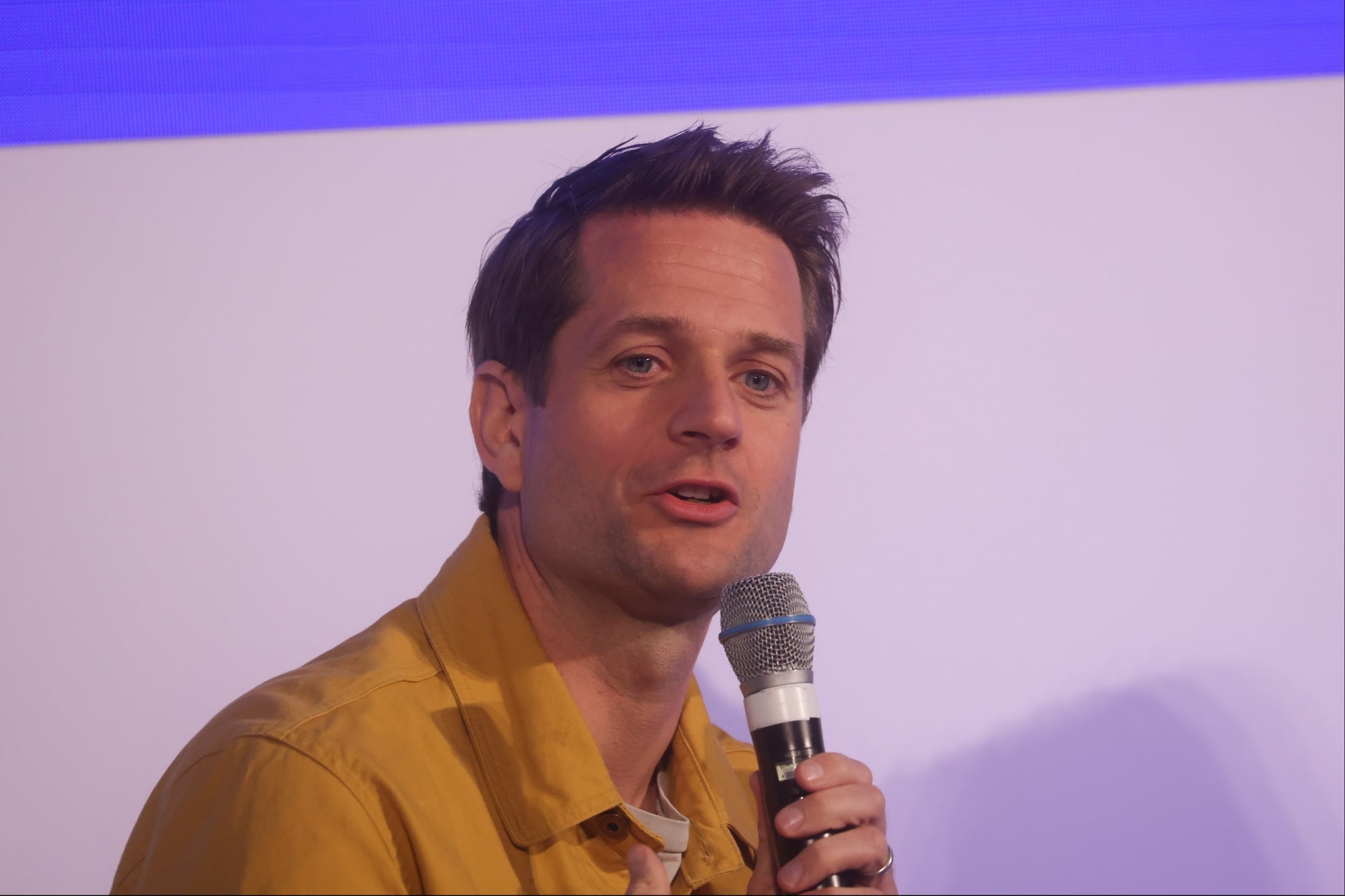The One Surprise From Apple's Event Yesterday About a half-hour into its sales pitch, the company announced the long-rumored iPhone SE, with one notable feature.
This story originally appeared on Fortune Magazine

Anyone who thinks Apple's event on Monday was a bore and without surprises seems to have missed one key moment.
About a half-hour into its sales pitch, the company announced the long-rumored iPhone SE, which came with everything rumors had suggested. It has a 4-inch screen, fast, A9 processor,and high-resolution, 12-megapixel camera.
However, no one expected one critical surprise: a starting price of $399, a bargain by Apple standards that is intended to help make the device a big seller in developing countries where cheaper devices prevail, as well as in developed countries, where consumers are still looking for smaller handsets.
The iPhone maker announced several new products at its "Let us loop you in" event on Monday, including its 4-inch iPhone SE, as well as a 9.7-inch iPad Pro. As expected, Apple also showcased new watchbands for the company's Apple Watch and cut the price on its entry-level model to $299.
The event was a decidedly predictable affair -- with one exception.
Apple has been criticized for selling smartphones that are more expensive than their Android counterparts, and perhaps, too expensive in general. Some have pointed to the iPhone 5s, the smartphone Apple introduced in 2013, for what they described as having an outdated processor and higher price tag than competing (and more powerful) Android devices released long after the iPhone 5s first hit store shelves.
The now-discontinued iPhone 5s cost $450 for the 16GB model and $500 for the 32GB version. Similar Android devices can cost substantially less, depending on the model.
Given that the iPhone SE is designed to replace the iPhone 5s with better features, many analysts believed Apple would price its new handset similarly to the iPhone 5s, if not higher. Instead, the iPhone SE, which will ship to customers later this month, costs just under $400 for the 16GB version and $499 for the 64GB model.
In Apple's world, it's cheap.
"It was a bit of a surprise that [Apple] dropped the price of the entry-level iPhone more than 10 percent, even as they copied over most of the cool new technology of the iPhone 6s," says Forrester Research vice president and principal analyst Frank Gillett. "Getting below $400 is a new level that will draw interest from buyers who thought they could only afford Android."
Christopher Rolland, an analyst with FBR & Co. was similarly impressed by Apple's move. In a note to investors on Monday, he said that the $399 starting price was "the closest thing to a surprise" to come out of Apple's event. He added that he anticipated Apple charging at least $500 for the iPhone SE.
So, why did Apple surprise everyone and offer its new iPhone at such a low price? According to Gillett, it's an attempt by Apple to make clear its "strategic intent" to offer three iPhone screen sizes -- 4-inch, 4.7-inch, and 5.5-inch -- and perhaps most importantly, "reach another slice of potential customers."
"That can reach a lot of people," Gillett says of the iPhone's new pricing.
Wayne Lam, principal analyst at IHS Technology, says Apple's decision may have something to do with economics. He noted that the company did not include the 3-D touch feature in the iPhone SE that it currently offers in the iPhone 6s. With 3-D Touch, users can vary how hard they press down on the screen and iOS will respond with different functions based on the amount of pressure the screen registers. Add that omission to a design that's rather similar to the nearly 3-year-old iPhone 5s, and Apple has created a device that may have kept its component costs low, he says.
"The pricing was surprising," Lam says. "We were expecting it to be at the $449 mark."
For its part, Apple didn't make a fuss about its pricing. The company's vice president of iPhone marketing, Greg Joswiak, simply announced the price and moved on. Even Apple's website, which highlights the key features in the iPhone SE, doesn't mention that it's offering a far more capable (and affordable) device than the one it's replacing.
Exactly why Apple seems so shy about the iPhone SE's pricing is unknown and the company did not respond to a request for comment. It did, however, say at its event that it sold 30 million 4-inch iPhones in 2015, adding that "some people simply love smaller phones."
Regardless, while Apple's event may have been mostly predictable, it had one small surprise. And for people looking for a new iPhone and who don't want to pay too much, it was a nice surprise.










